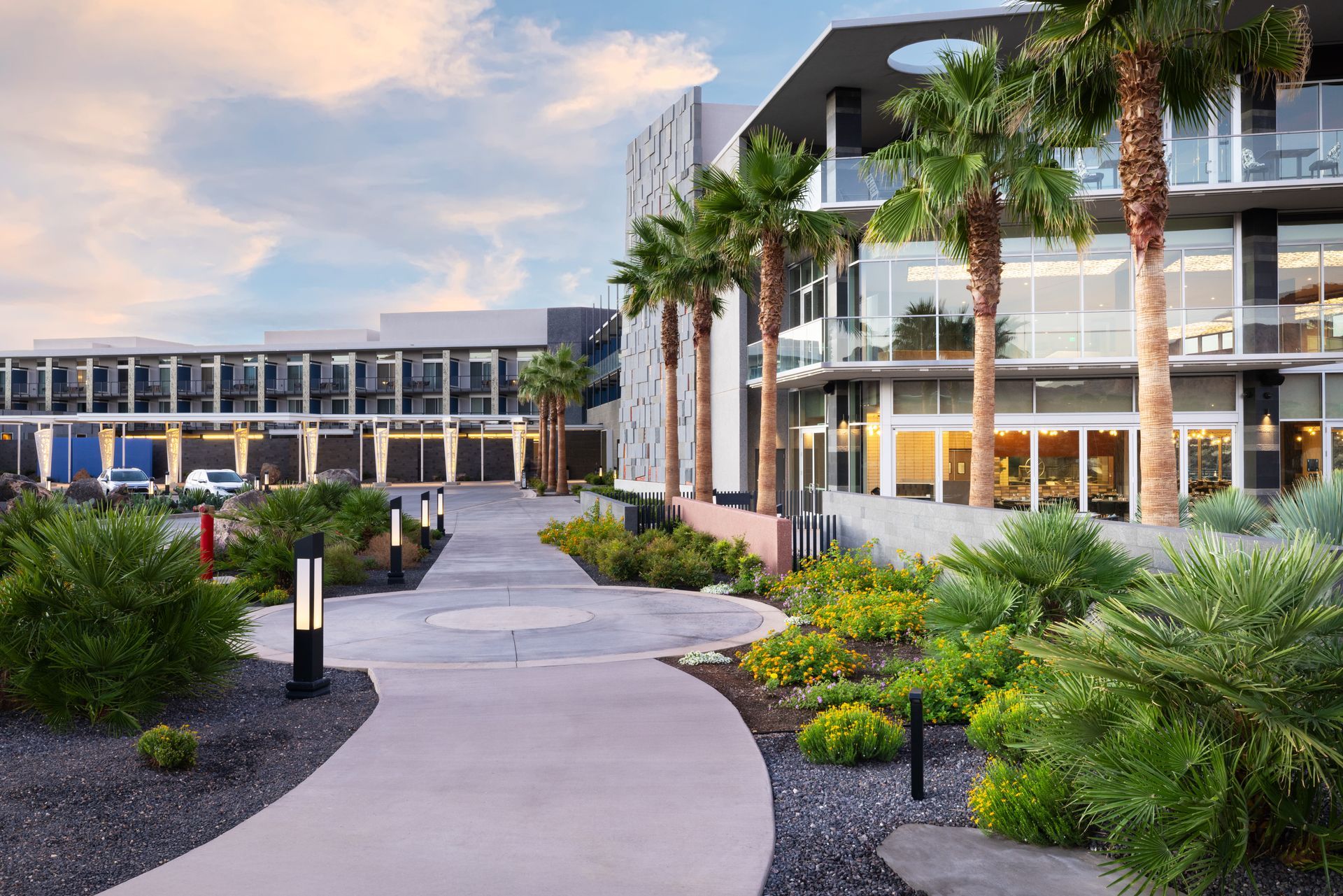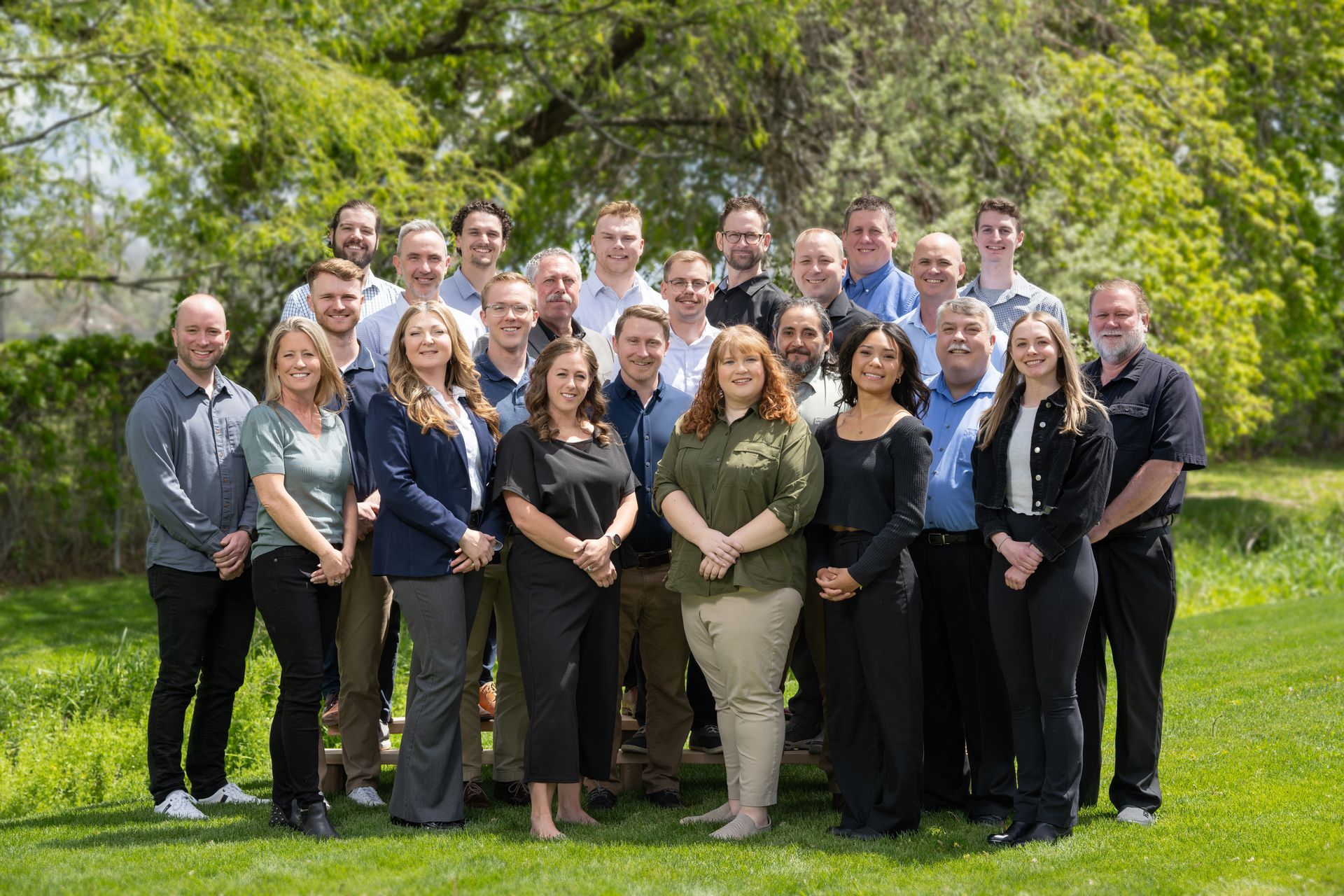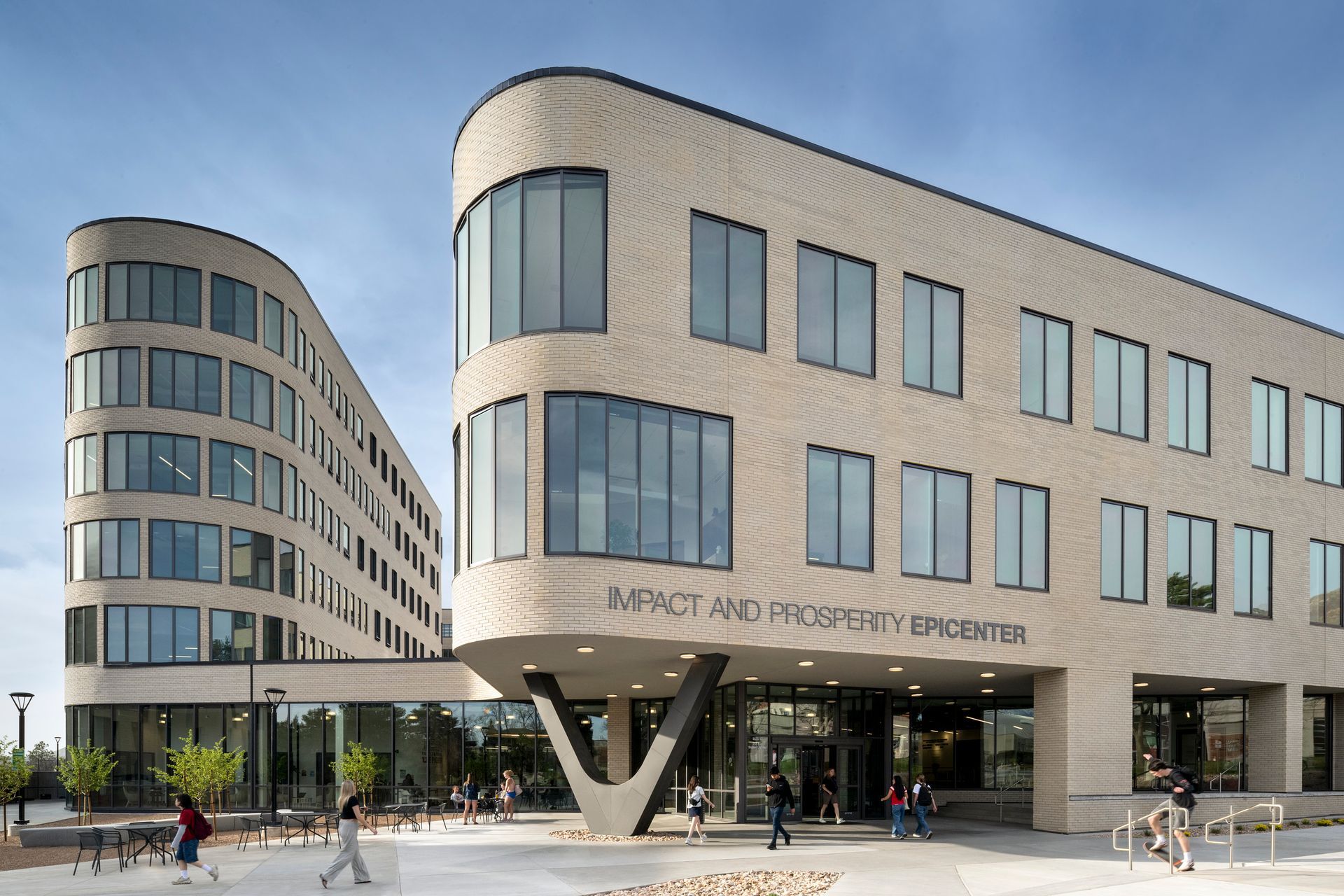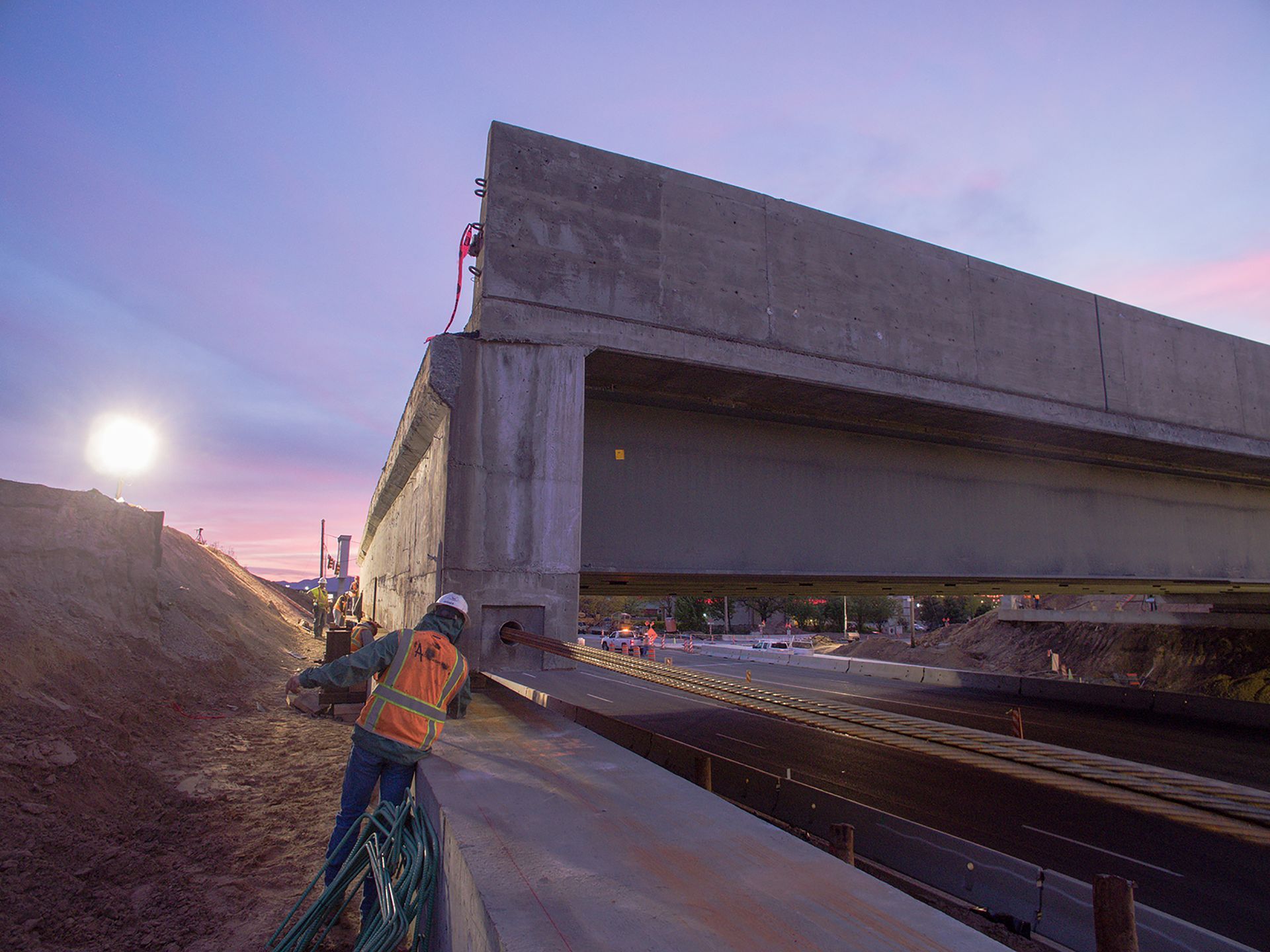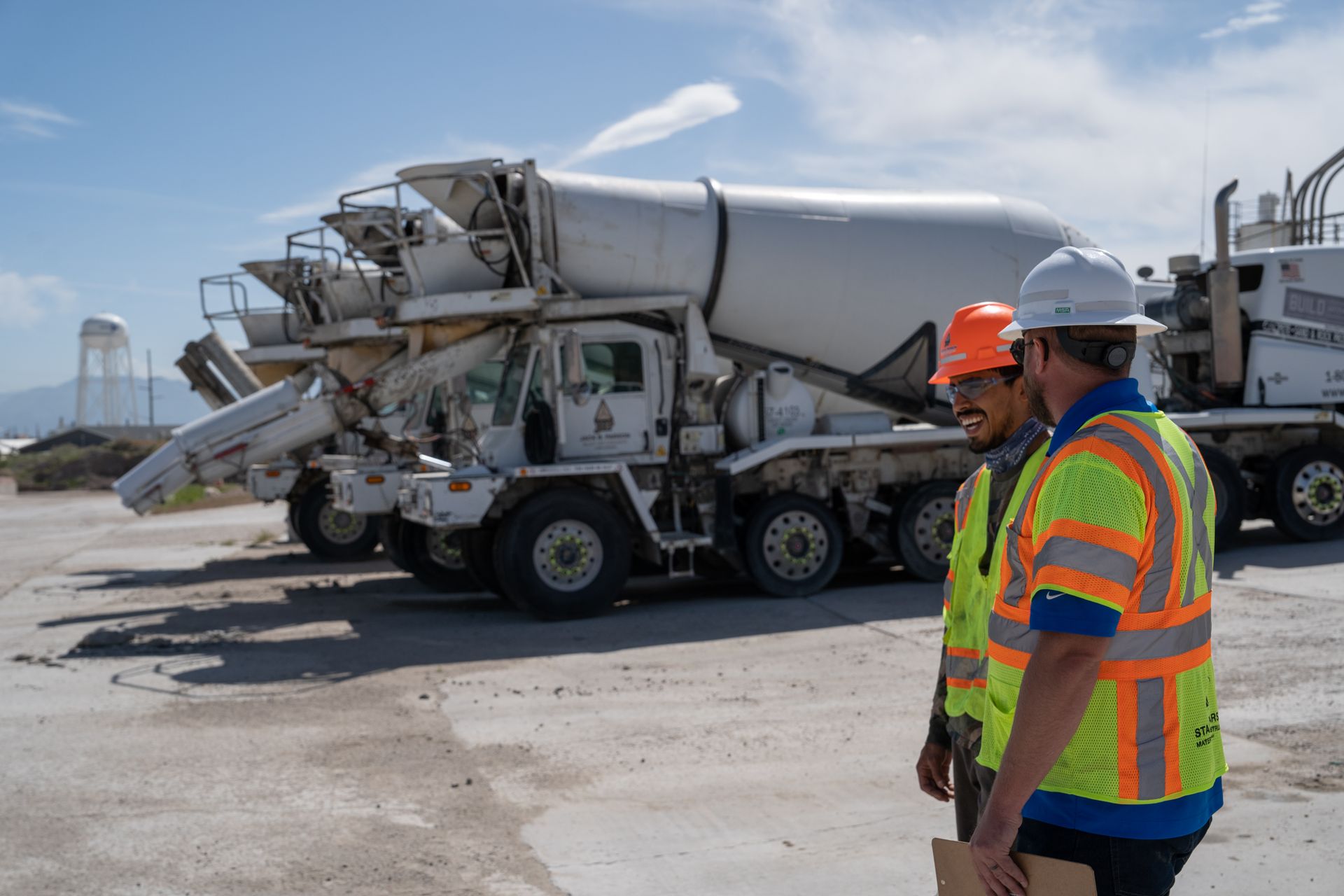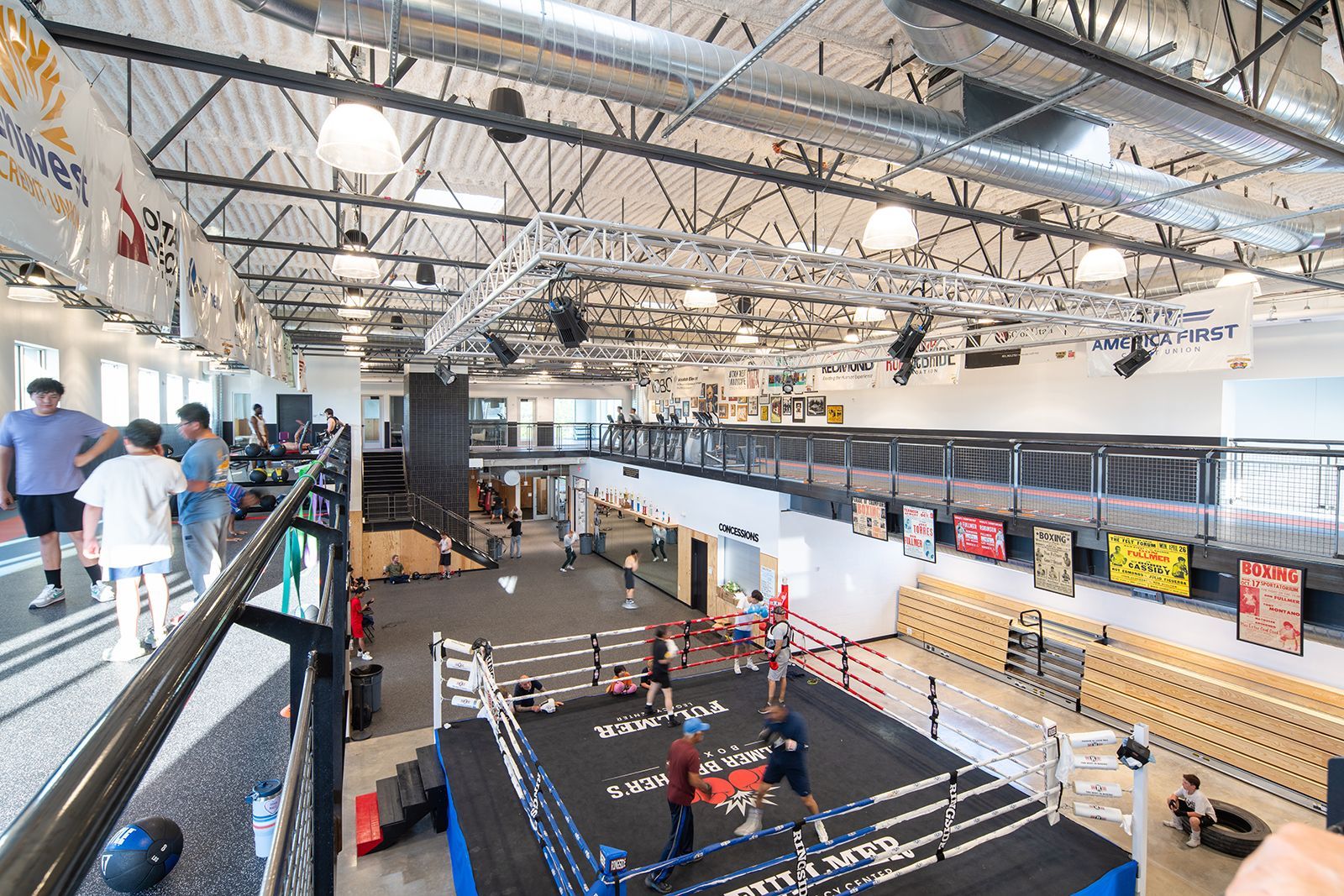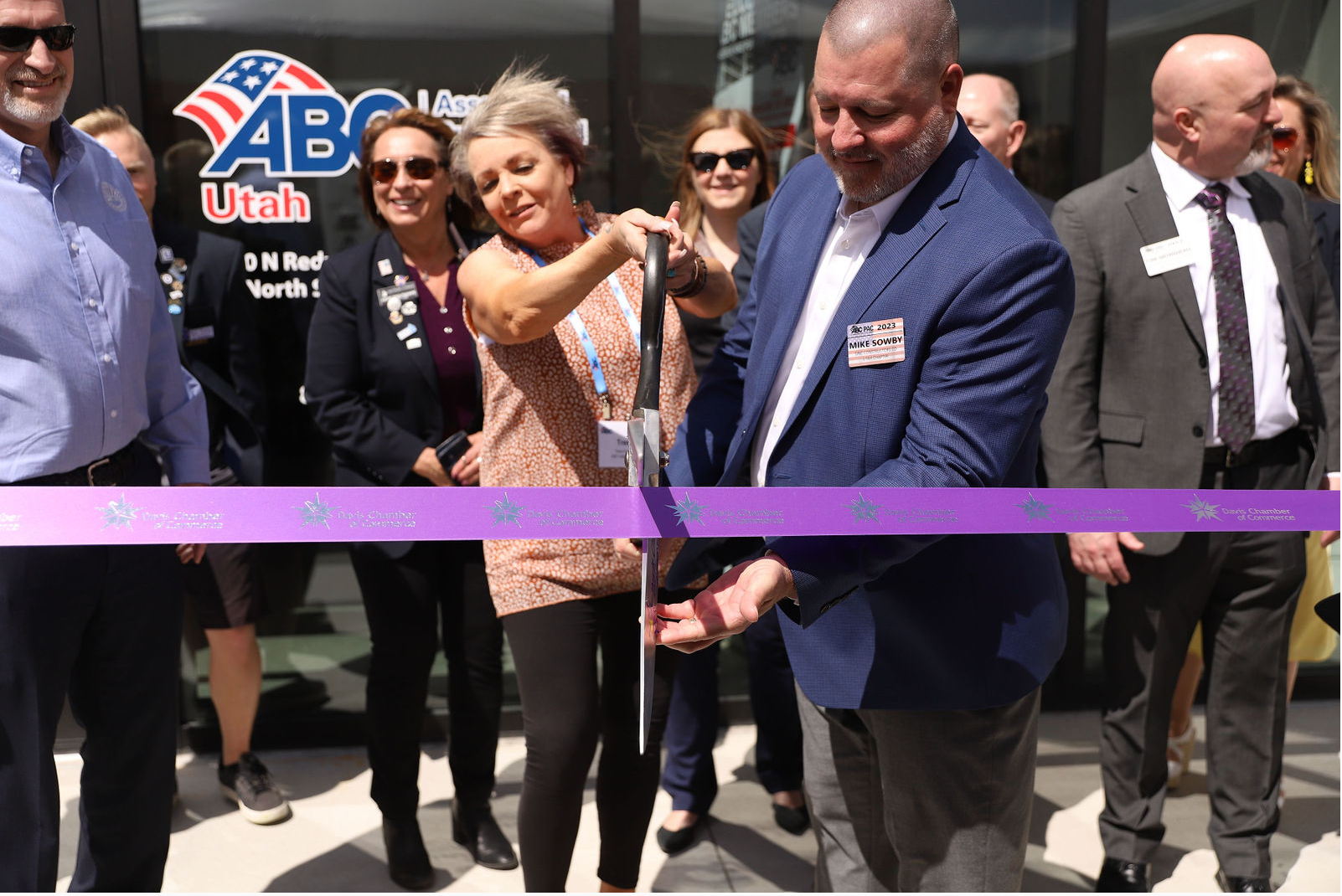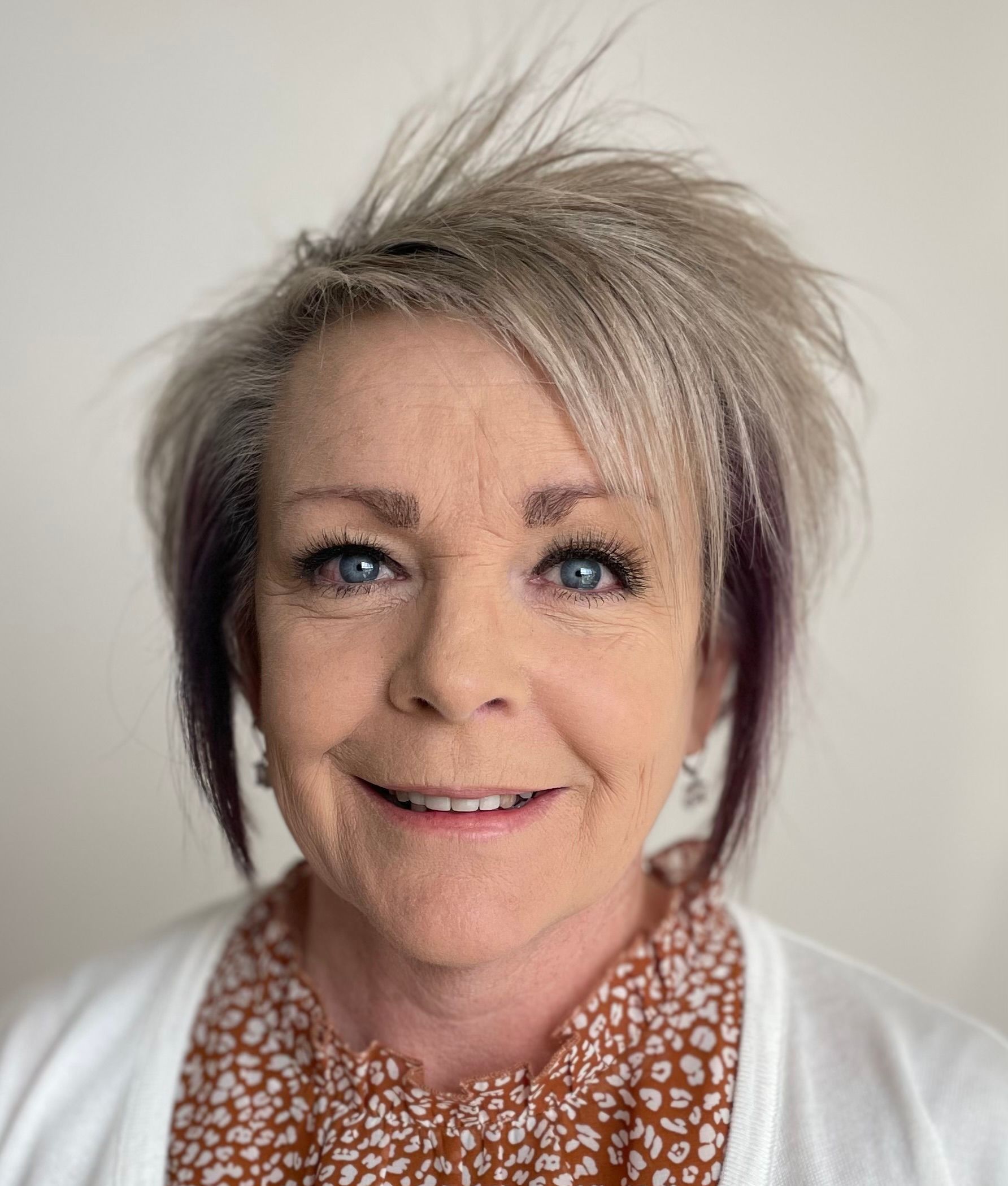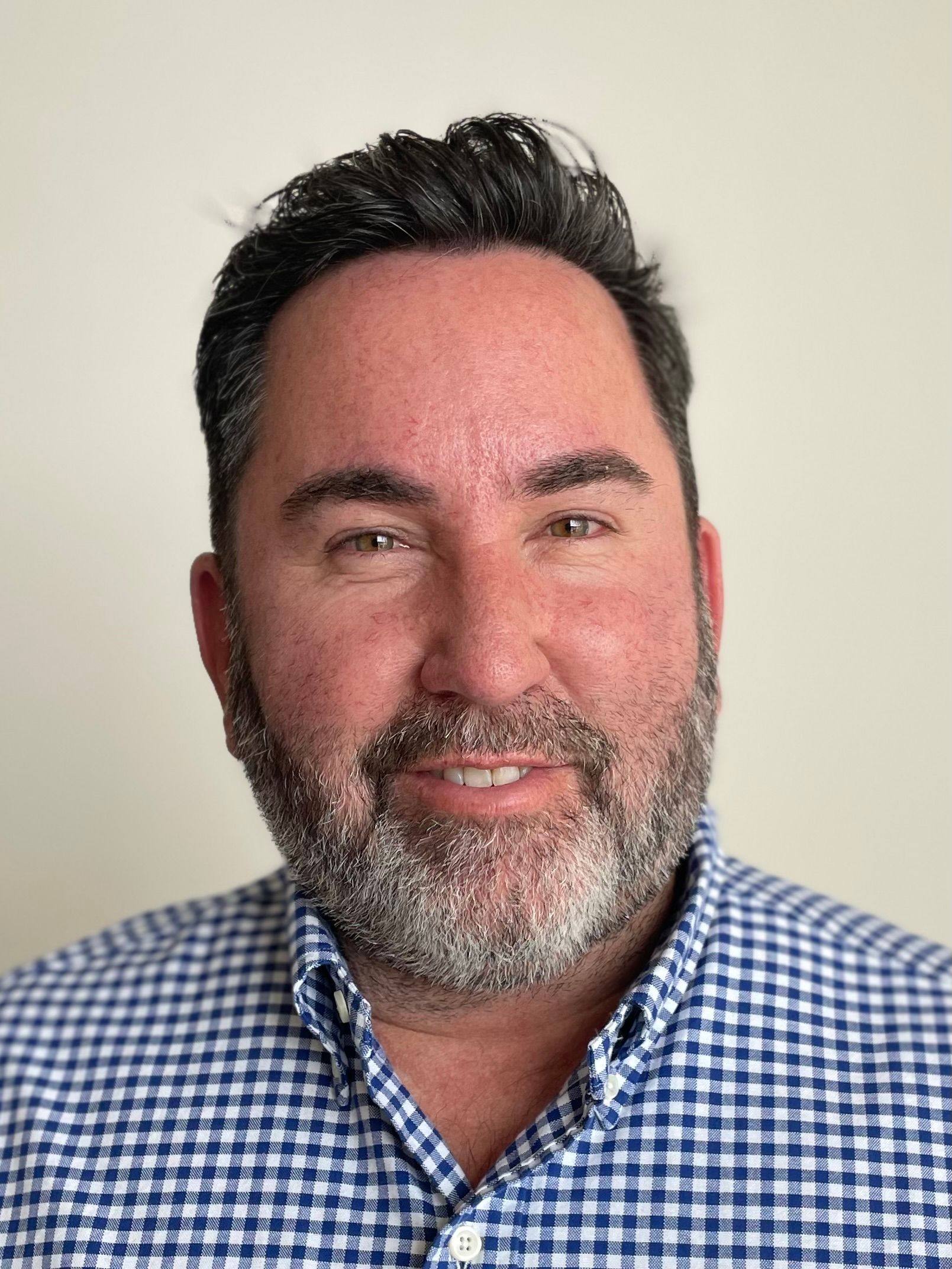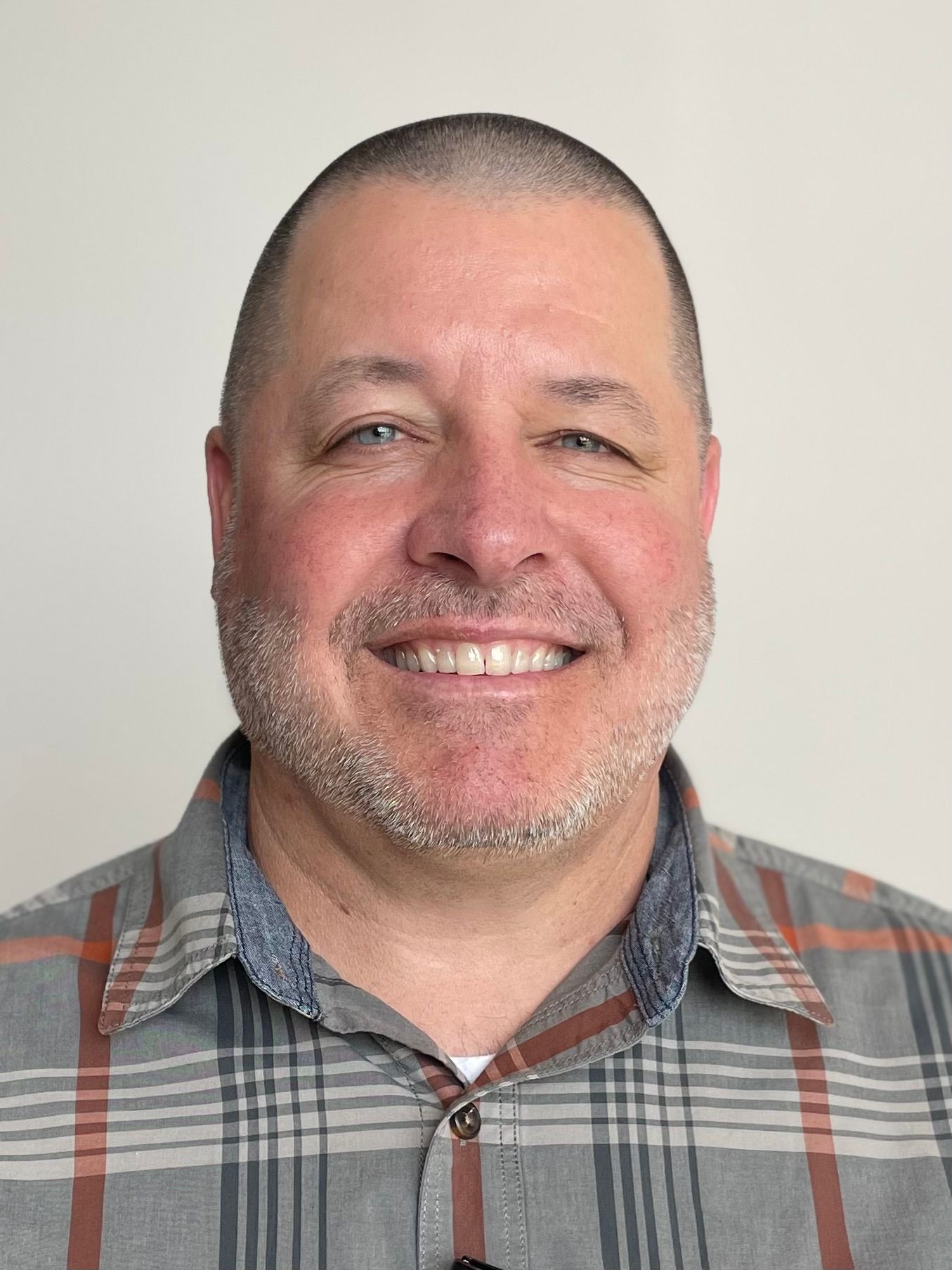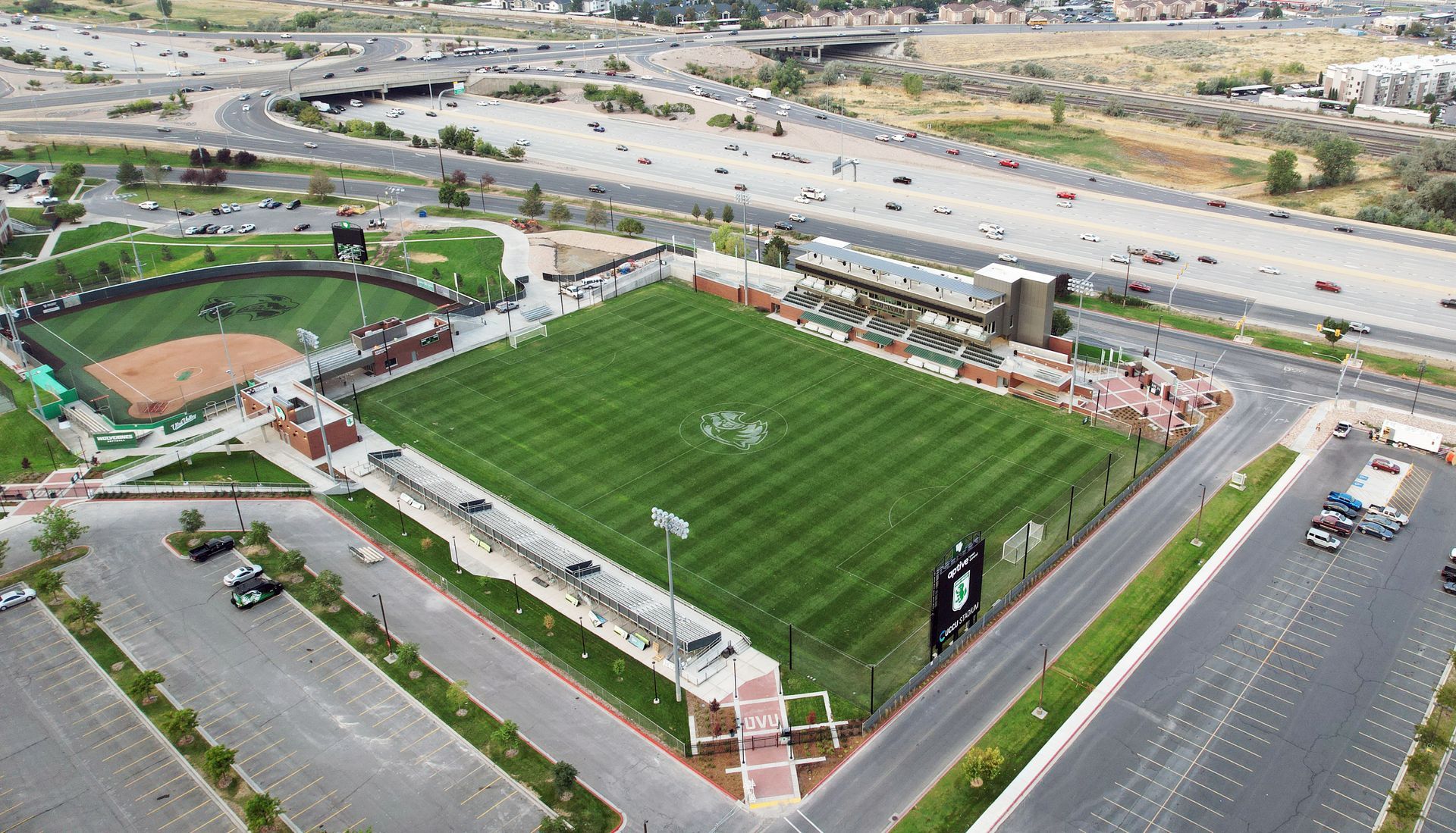With a new chapter president—Tresa Folkman—and a brand-new headquarters and training center, ABC Utah is poised for a bright future.
(Above Photo) ABC’s 2023 Board includes: (left to right) Tresa Folkman, ABC Utah; Mike Sowby, Sinc Constructors; Jacob Kapp, Kapp Construction & Development; Craig Madsen, J&M Steel Solutions; John Burgraff, Lakeview Rock Products; Olga De La Cruz, Painter 1 of Greater Salt Lake; Nathan Goodrich, Helix Electric; Gary Petersen, Adams & Petersen, CPA; Morgan Green, Green Construction Inc.; Sage Thorpe, Whitaker Construction; Chris Remkes, Big-D Construction; Hannah Wagner, Staker Parson Cos.; Rick Higgins, Mountain States Fence; Justin Torman, Pentalon Construction. (Board photo by Sohm Photografx)
ABC Utah’s new President/CEO Tresa Folkman wields giant scissors next to Immediate Past Chair Mike Sowby
during a ribbon cutting for the chapter’s new headquarters and training center.
44 Years of Merit Shop Values
Utah's construction climate in the 1970s was considerably different than today, with unions having an outsized influence on how companies earned work and won projects. According to John Cameron, Founder of Salt Lake-based Cameron Construction, he initially learned of the National Associated Builders and Contractors in 1978 through Dave Viet, a partner at Bud Bailey Construction in Salt Lake. Viet had been to Baltimore to see about ABC's "Merit Shop" program, which promoted a system of free enterprise and open competition among a diverse mix of companies, each striving to achieve the highest levels of personal and company performance and professionalism.
"At the time, Salt Lake open shop contractors were having difficulty on their job sites with union organizers," Cameron recalled. Viet, Cameron, and about 10 other contractors met an ABC representative, with eight committing to promote merit shop construction in Utah. ABC Utah was officially recognized as a chapter in 1979, with 35 initial companies joining the cause.
As an example of the fledgling group's influence, when Cameron was serving as President of ABC Utah in 1982, members wanted the opportunity to work on the Intermountain Power Plant near Delta, provided legal counsel for their cause, and succeeded in getting merit shop contractors on the project.
"ABC has fought for free enterprise and open competition on both a local and national level," said Cameron. "Cameron Construction is proud to be the only founding member of ABC Utah that is still an active member."
Folkman emphasized that ABC Utah is healthy as it maintains its 200-member chapter, with the hopes of getting to 225 in the next 18-24 months—especially with how the new training center will help grow and retain membership organically.
Sowby Says Association Offers Real Value
When it comes to industry associations, if it's been said once, it's been said 1,000 times: You get out of it what you put in, no more, no less. Measuring the actual value of what an association can do for a business might seem hard to measure, but Mike Sowby claims it's legit.
"The value of ABC comes from getting involved," said Sowby. "It leads to contacts, leads to relationships, and from relationships, incredible things happen. I can calculate value in terms of dollars and cents, in terms of how much work we've gained from it."
Sowby is thrilled with the new office and training center and knows it's exactly what the Chapter needs.
"It's pretty awesome—there is going to be some enhanced networking and training opportunities going forward," he said.
"The (ABC Utah) experience will be enhanced, it's more accommodating and professional. It was enhance people's level of perception of ABC. I'm excited about it simply because when the tide rises all boats float. It will be good for the industry."
Focus on Suicide Prevention
One of Folkman's priorities with ABC Utah is to emphasize the importance of overall workplace safety, which includes suicide prevention, a subject close to her heart. Folkman lost her 16-year-old son, Jens 'Buddy' Terry, to suicide in February 2013, and is alarmed by current statistics that rank construction among the top five professions for suicide. She said ABC has partnered with the American Foundation for Suicide Prevention (AFSP) to promote the message.
"That's been a big focus of not just our chapter, but ABC in general," she said. "There are suicide prevention programs in place; we also want to implement a postvention strategy, because postvention is prevention. It's long overdue for the construction industry."
Folkman has been part of the non-profit Loved Ones Suicide Survivors (LOSS) program since 2014, a group that meets the first and third Tuesday each month at Intermountain Medical Center in Murray.
"If you can save just one other family, it's all worth it," she said.
Kapp Continues Family's Service to Chapter
Jacob Kapp, President of Ogden-based Kapp Construction & Development, was elected Chair for 2023, following in his family's footsteps of service to ABC Utah since 2009. Kapp's father, Gary, first served on the board for two years, followed by stepmother Penny, who was on the board for six years including Chair in 2017. Kapp was elected to the board in 2018 and appreciates the opportunity to serve the Chapter and promote its mission.
"ABC is much more than a contractor organization," said Kapp, recalling the company initially joined to save money on health insurance premiums before realizing that "being a member was much more than cost savings. We became more involved with the government affairs committee and active in promoting the merit shop philosophy ABC stands for. I really appreciate the knowledge I have learned from Rick Higgins during my time on the board."
Kapp said ABC Utah's new office and training center "brings the Utah Chapter to the next level to be able to really promote workforce training and put the wheels in motion to start an apprenticeship program. This will be a great facility for years to come."
